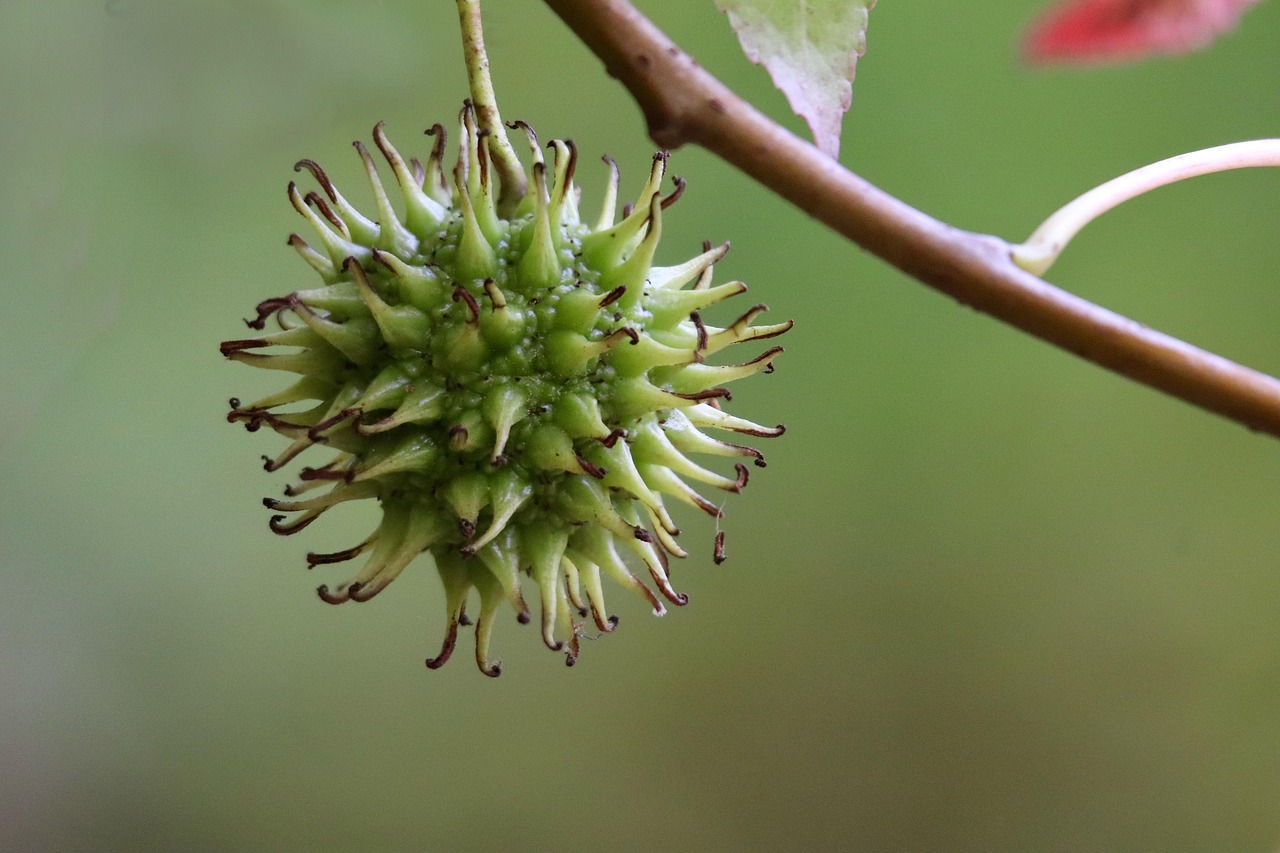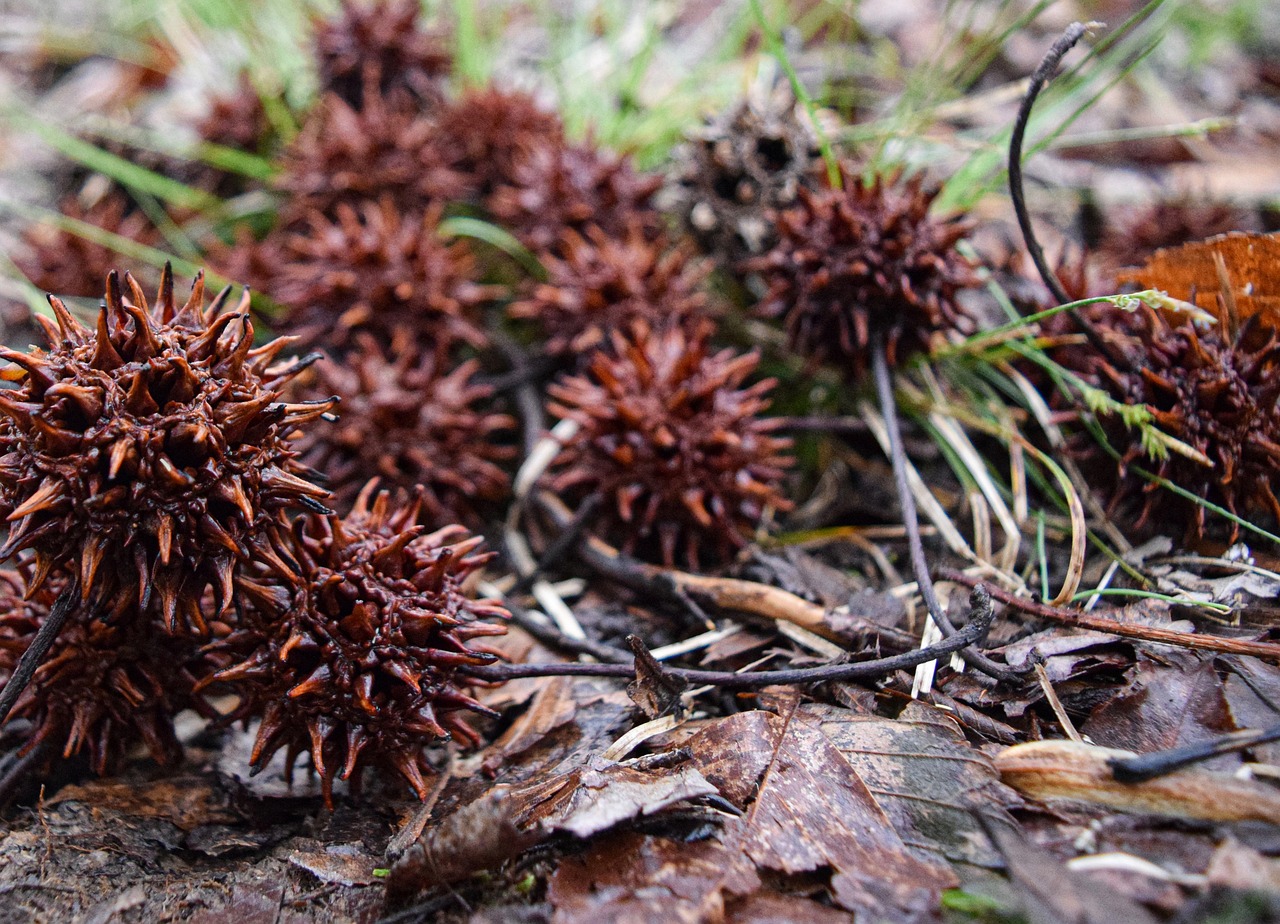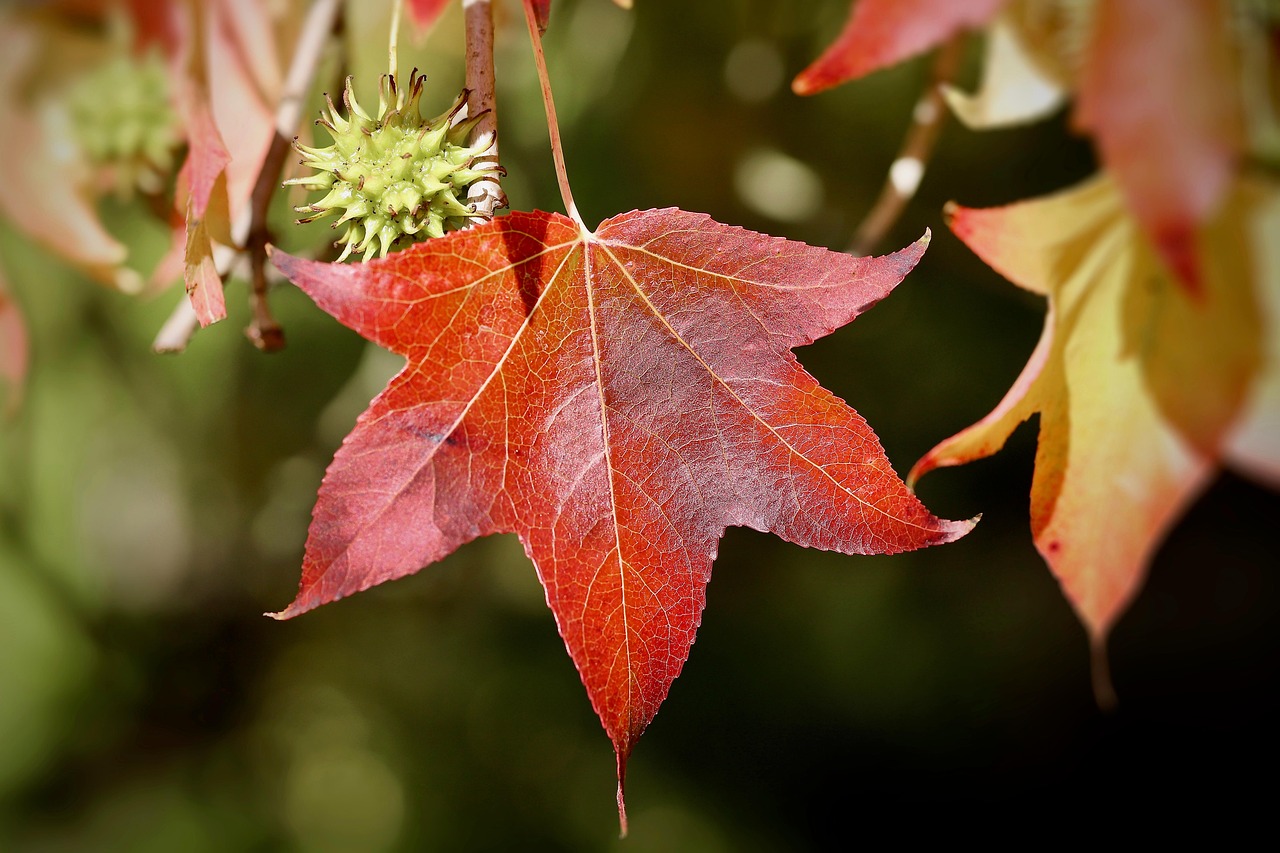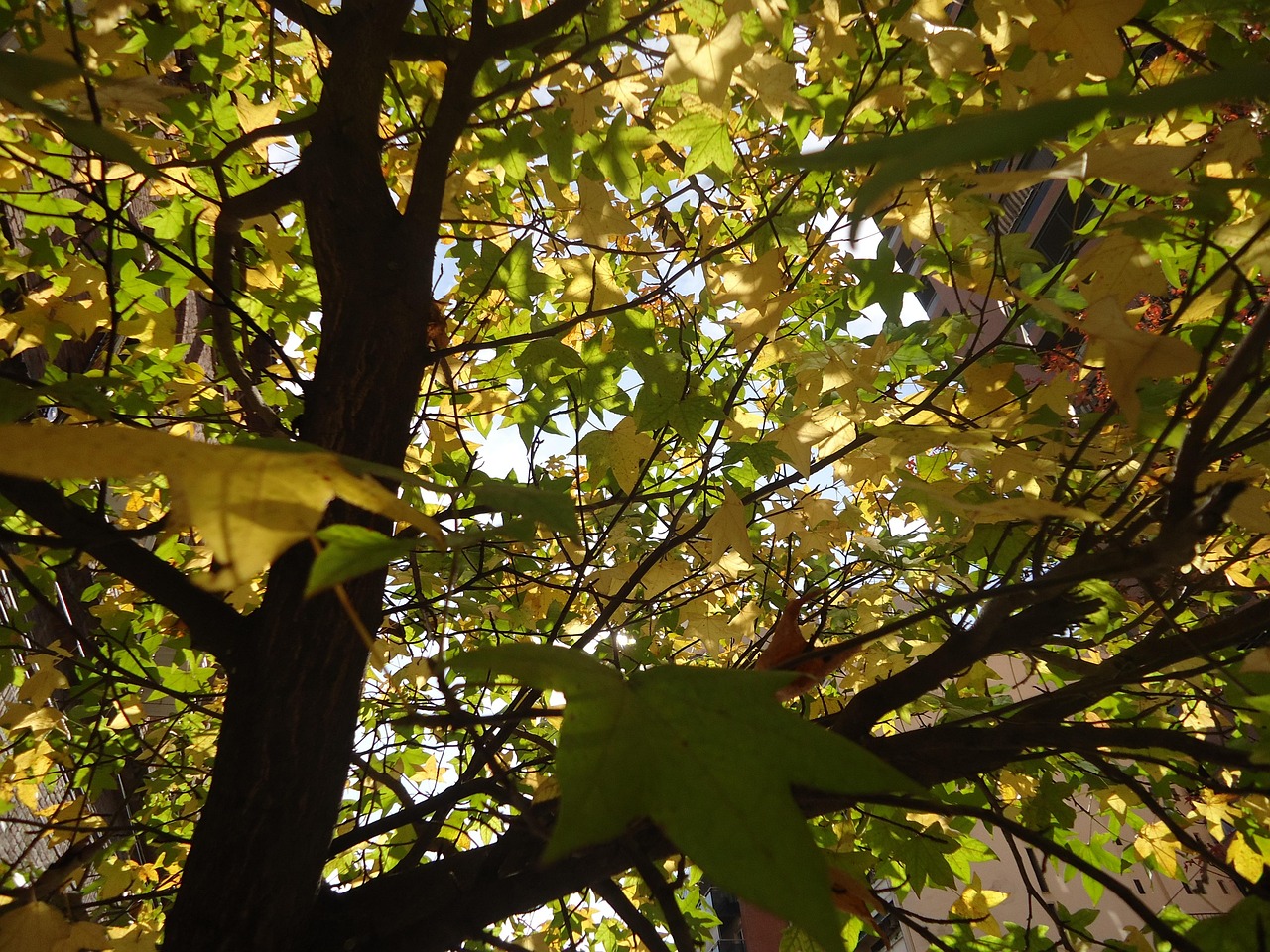Identifying a Sweetgum tree involves observing its distinct features such as star-shaped leaves, spiky seed pods, and unique bark texture. These characteristics help distinguish it from other trees in the same region.
Overview of Sweetgum Trees

The Sweetgum tree, scientifically known as Liquidambar styraciflua, is a deciduous tree native to North America. It thrives in various environments, ranging from wetlands to dry uplands. This tree is particularly valued for its aesthetic appeal and ecological contributions. With its stunning fall foliage and unique seed pods, the Sweetgum is a favorite among landscape designers and nature enthusiasts alike.
Sweetgum trees can grow to impressive heights, often reaching 60 to 100 feet. Their broad canopy provides ample shade, making them suitable for parks and large residential yards. Furthermore, they play a vital role in their ecosystems by providing habitat and food for various wildlife species.
Key Features for Identification
Identifying Sweetgum trees can be straightforward if you know what to look for. Here are some of the key features to help you recognize this tree:
- Leaves: The leaves are star-shaped, typically having five pointed lobes. They can vary in color from bright green in the summer to vibrant shades of red, orange, and yellow in the fall.
- Bark: The bark of young Sweetgum trees is smooth and grayish-brown. As the tree matures, the bark becomes more textured, developing deep furrows and ridges.
- Fruit: The Sweetgum produces distinctive spiky seed pods that resemble small balls. These pods can be quite messy when they fall, especially in late autumn.
- Growth Habit: Sweetgum trees have a pyramidal shape in their youth, which evolves into a more rounded canopy as they mature.
Habitat and Growth Conditions
Sweetgum trees prefer moist, well-drained soils and are commonly found in lowland areas, along streams, and in swamps. However, they can also adapt to a variety of soil types and conditions. Here are some important aspects regarding their habitat:
| Feature | Description |
|---|---|
| Soil Type | Prefers moist, well-drained soils but can tolerate various soil conditions. |
| Sunlight | Thrives in full sun to partial shade. |
| Water Needs | Requires regular watering, especially during dry periods. |
Understanding the growth conditions of Sweetgum trees is crucial for anyone looking to plant or manage them effectively. They not only add beauty to the landscape but also support local wildlife by providing food and shelter.
As you explore the outdoors, being able to identify Sweetgum trees can enhance your appreciation of nature. Their unique features and ecological significance make them an important part of the North American landscape.
Distinctive Features of Sweetgum Trees
To accurately identify Sweetgum trees, it is important to focus on several distinctive features. By examining the leaves, flowers, and fruit, as well as the overall shape and bark, you can confidently recognize this tree species.
Leaves
The leaves of the Sweetgum tree are one of its most recognizable characteristics. They typically have the following features:
- Shape: Sweetgum leaves are star-shaped with five pointed lobes, resembling a star with sharp edges.
- Size: The leaves usually measure between 4 to 7 inches in length.
- Color: In spring and summer, the leaves are a vibrant green. In fall, they change to brilliant hues of red, orange, and yellow.
Flowers
Sweetgum trees produce small, inconspicuous flowers that are not particularly showy but are important for identification:
- Type: The flowers are unisexual and appear in clusters.
- Timing: They bloom in spring, usually around April to May.
- Color: Male flowers are yellow-green, while female flowers develop into the spiky seed pods.
Fruits
The fruit of the Sweetgum tree is one of its most distinguishing features. Here are some key points about the Sweetgum’s fruit:
- Seed Pods: The fruit forms as a spiky, round seed pod that can be 1 to 2 inches in diameter.
- Maturity: These seed pods mature in autumn and often persist on the tree throughout winter.
- Dispersal: The pods contain seeds that can be dispersed by wind and animals, contributing to the tree’s reproduction.
Bark Characteristics
The bark of a Sweetgum tree also provides vital clues for identification. Observing the bark can help differentiate it from similar species:
- Young Bark: When young, the bark is smooth and grayish-brown.
- Mature Bark: As the tree ages, the bark becomes more rugged, developing deep furrows and ridges.
- Texture: The mature bark has a scaly appearance that can be quite distinctive.
Growth Habit and Size
The growth habit and size of Sweetgum trees contribute to their identification. Here are some observations regarding their structure:
- Height: Sweetgum trees can grow between 60 to 100 feet tall, making them prominent in any landscape.
- Crown Shape: They have a pyramidal shape when young that evolves into a rounded canopy as they mature.
- Branching: The branches tend to grow horizontally, creating a broad canopy that provides ample shade.
Geographical Range
<
p>Sweetgum trees are primarily found in the southeastern United States but can extend into other regions. Understanding their geographical range can aid in identification:

- Native Regions: They naturally grow in states such as Florida, Georgia, Alabama, and Mississippi.
- Adaptability: Sweetgums can also be found in areas with similar climates outside their native range due to their adaptability.
- Habitat Preference: They thrive in moist woodlands, swamps, and along riverbanks, often forming mixed forests with other tree species.
With these distinctive features and habitat preferences in mind, you will be better equipped to identify Sweetgum trees in nature. Their unique characteristics not only make them easy to recognize but also highlight their significance within their ecosystems.
Ecological Importance of Sweetgum Trees
Sweetgum trees play a vital role in their ecosystems. Their unique features and growth habits contribute to biodiversity and environmental health. Understanding these ecological functions can deepen your appreciation for this species.
Wildlife Habitat
Sweetgum trees provide essential habitat for various wildlife species:
- Birds: The canopy offers nesting sites and shelter for birds. Species such as woodpeckers, warblers, and finches often seek refuge in these trees.
- Mammals: Animals like squirrels and raccoons use Sweetgum trees for food and shelter. The seeds in the spiky pods are a food source, especially in winter.
- Insects: The flowers attract pollinators like bees, while the leaves host caterpillars, contributing to the food web.
Soil Health
Sweetgum trees positively impact soil health through their root systems and leaf litter:
- Root Systems: Their extensive root systems help prevent soil erosion. They stabilize the ground and improve water retention.
- Leaf Litter: The fallen leaves decompose, enriching the soil with organic matter. This process enhances nutrient availability for other plants.
- Microbial Activity: The presence of Sweetgum trees promotes a diverse microbial community in the soil, which is crucial for nutrient cycling.
Cultural Significance and Uses
Beyond their ecological roles, Sweetgum trees have cultural significance and practical uses:
Timber Production
The wood of Sweetgum trees is valued for various applications:
- Construction: Sweetgum wood is often used in furniture making, cabinetry, and flooring due to its durability.
- Plywood: The wood can be processed into plywood, making it suitable for building materials.
- Musical Instruments: Its fine grain is also sought after for crafting instruments like guitars.
Ornamental Value
Sweetgum trees are popular in landscaping and urban settings due to their aesthetic appeal:
- Fall Foliage: Their vibrant fall colors add beauty to parks and gardens.
- Shade Trees: With their broad canopy, they provide excellent shade in residential areas.
- Street Trees: Sweetgums are frequently planted along streets for their attractive form.
Pests and Diseases
While Sweetgum trees are generally hardy, they can be susceptible to certain pests and diseases. Awareness of these issues can help in managing the health of these trees:
Pests
The following pests may affect Sweetgum trees:
- Sweetgum Leaf Spot: A fungal disease that causes dark spots on leaves, leading to premature leaf drop.
- Aphids: These small insects can infest Sweetgum leaves, sucking sap and potentially weakening the tree.
- Caterpillars: Various caterpillar species may feed on Sweetgum leaves, though they usually do not cause significant damage.
Diseases
A few diseases can impact the health of Sweetgum trees:
- Coryneum Blight: This fungal disease leads to leaf spots and twig dieback.
- Sooty Mold: Resulting from aphid infestations, this mold can cover leaves and reduce photosynthesis.
- Root Rot: Poor drainage conditions can lead to root rot, affecting tree stability and health.
By recognizing these pests and diseases, tree owners can take proactive measures to protect their Sweetgum trees. Implementing proper care will ensure these trees continue to thrive within their ecosystems.
Human Interaction and Conservation
<
p>Human activities can impact Sweetgum trees in various ways. Understanding these interactions is essential for the conservation of this species and its habitat.
Urban Development
As cities expand, Sweetgum trees often face challenges:
- Habitat Loss: Urban development leads to the removal of natural habitats, resulting in fewer Sweetgum trees in metropolitan areas.
- Pollution: Air and soil pollution can adversely affect tree health, making them more susceptible to pests and diseases.
- Soil Compaction: Construction activities can compact the soil around Sweetgum roots, hindering growth and water absorption.
Conservation Efforts
To protect Sweetgum trees and their ecosystems, several conservation efforts are underway:
- Reforestation: Planting new Sweetgum trees in deforested areas helps restore habitats and promote biodiversity.
- Urban Planning: Incorporating green spaces in urban development allows for the preservation of existing trees and planting of new ones.
- Public Awareness: Educating communities about the ecological importance of Sweetgum trees encourages stewardship and conservation efforts.
Final Thoughts
Sweetgum trees are not only beautiful but also ecologically significant. Their distinctive features—such as star-shaped leaves, spiky seed pods, and unique bark—make them easily identifiable. Understanding their growth habits, habitat preferences, and ecological roles enhances our appreciation of this remarkable tree species.
Their contributions to wildlife habitat, soil health, and urban landscapes underscore the importance of protecting Sweetgum trees. By recognizing potential threats from pests and human activity, we can take steps to ensure their survival. Engaging in conservation efforts is essential for maintaining healthy ecosystems where Sweetgum trees can flourish.
In conclusion, identifying Sweetgum trees involves more than just recognizing their physical characteristics. It requires an understanding of their ecological role and the challenges they face. As you explore nature, keep an eye out for these fascinating trees, and consider how you can contribute to their preservation. By fostering awareness and appreciation for Sweetgum trees, we can help ensure that future generations will also enjoy their beauty and benefits.
